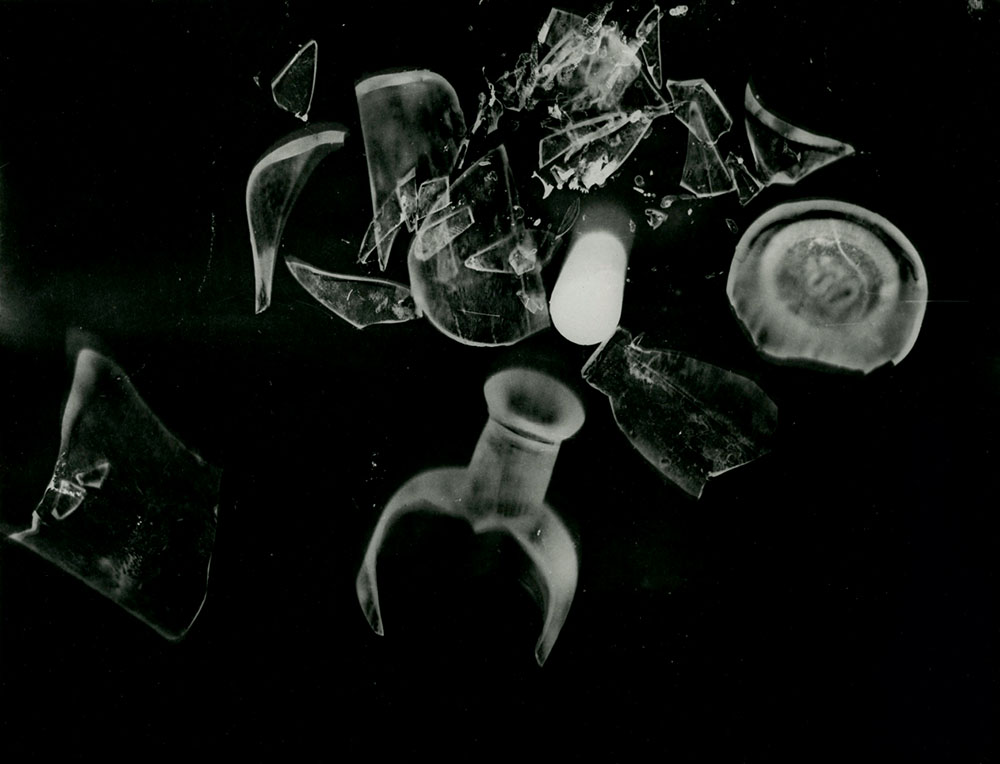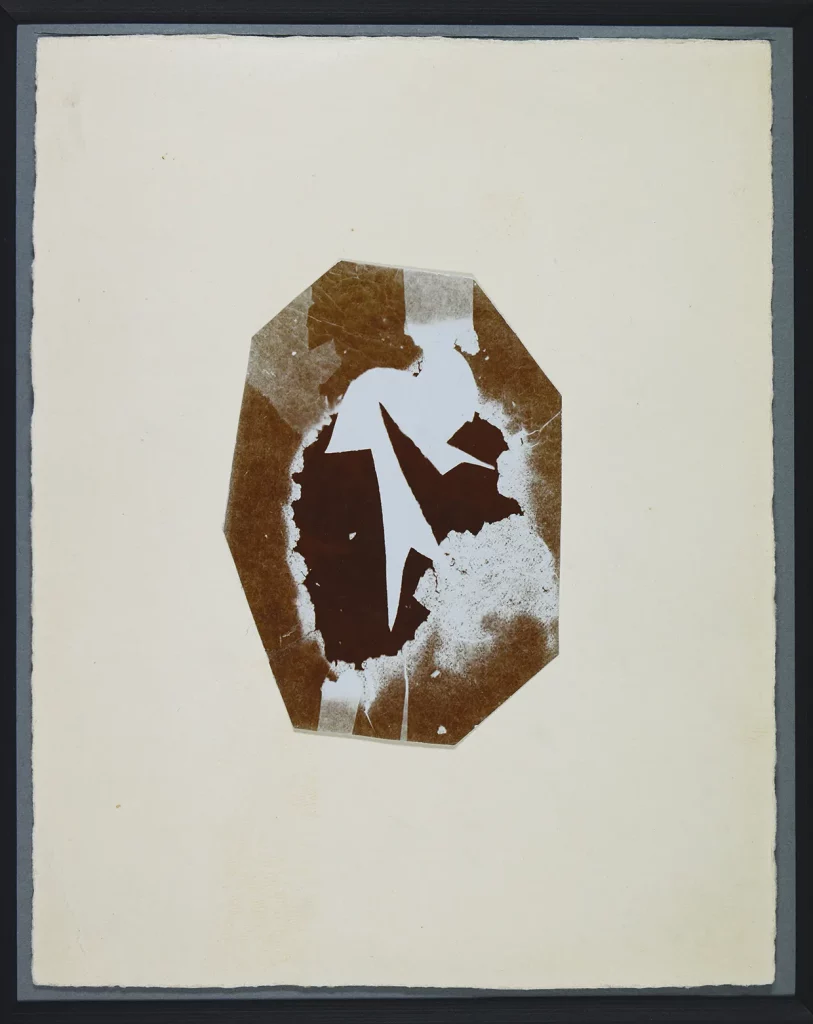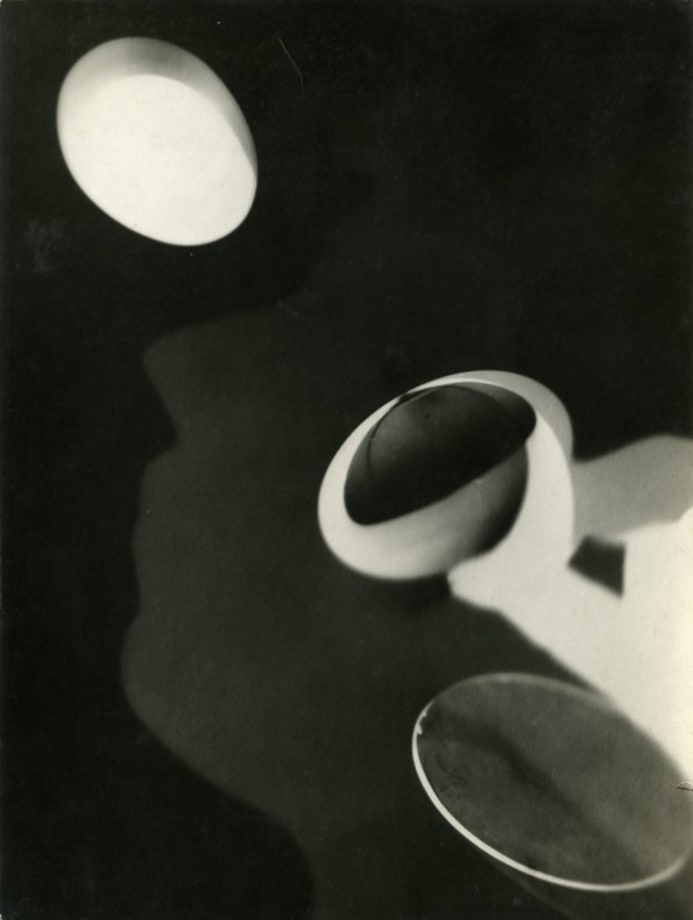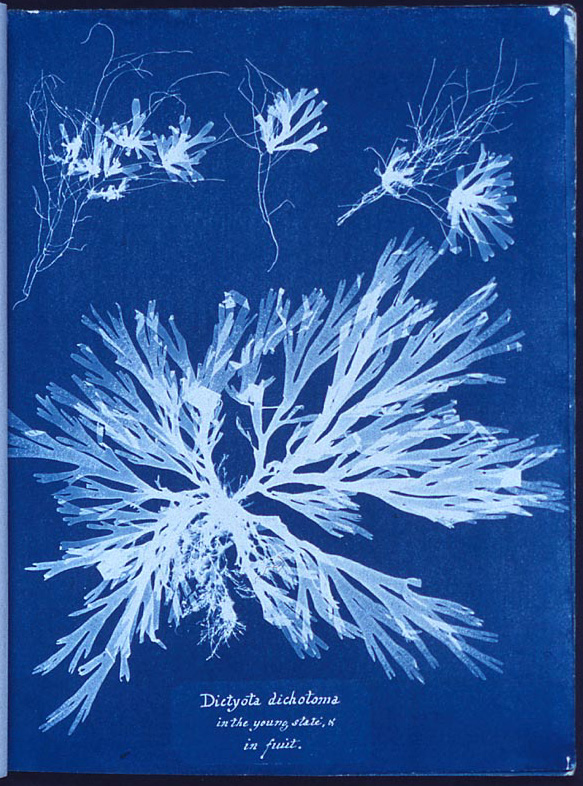What is a Photogram?
The term photogram refers to one of the early photographic techniques which implies photographic image created without the use of a camera. The process of making photograms involves placing various objects on light sensitive paper which is then exposed to light.
The first photograms were made in the mid-19th century, as shown by the works of Henry Fox Talbot and Anna Atkins. Photograms were very common during the interwar period in the work of European Avant-garde artists. Artists who worked in this technique are Man Ray, Alexander Rodchenko, Christian Schad, László Moholy-Nagy, Stevan Živadinović Vane Bor, Pablo Picasso, Andrzej Pawłowski, Piet Zwart, Luigi Veronesi.
Notable Photogram Artwork




The Process of Creating a Photogram
The usual process of obtaining a photogram takes place in a darkroom, where instead of using negatives, certain objects are placed directly on light sensitive paper. After completing the arrangement or arbitrary placement of objects, the photographic paper is exposed to controlled light source. Depending on the material of the exhibited objects, ie their transparency, the shade that will be obtained depends.
White surfaces are those that light has not reached, different shades of gray in the photo are obtained due to partial exposure to light or due to semi transparent objects, while black fields are those that were fully exposed to light. After that the print is processed, washed, and dried. Photograms can also be created in the exterior, following the example of pioneering practices where photographic paper is exposed to direct sunlight, which, depending on the intensity, leaves different shadows and tones on the photogram.
Nineteenth Century Photograms
Photogram as a cameraless photography was developed by William Henry Fox Talbot, who called his photograms photogenic drawings. He made these photogenic drawings for scientific purposes by positioning the botanical specimens onto light sensitive paper, which was then left outdoors in the sunlight. Another important author and one of the first women photographers was Anna Atkins. In the cyanotype technique, Atkins made numerous cyan blue print photograms as a scientific record for her book British Algae: Cyanotype Impressions, published in 1843.
Dadaist Photograms
As early as 1918, Christian Schad began experimenting with the photogram technique. The arbitrariness of the objects placed on photographic paper, the ease of making the artwork itself as well as the limited influence of the author on the final outcome were the reasons why this technique was widespread among Dadaists who often relied on photographic media. In 1920 in the magazine Dadaphone one of Schad’s photograms was printed, Tristan Tzara named it Schadograph.
Surrealist Photograms
The technique of photogram was very close to the surrealist conception of the creative process. Constantly examining the phenomena of the subconscious, coincidence and above all automatism in the creation of a work of art, the surrealists turned to the techniques of photography, photomontage, collage, and assemblage.
Yet work in the technique of photogram has perhaps contributed most to the theory of automatism in Surrealism. The degree of influence that the author has or does not have on the positioning of objects as well as the inability to control the influence of light on the set, positioned the photogram very high among surrealist techniques as a technique that allows random or partially controlled creative process.
Man Ray
In 1922, Man Ray discovered the photogram and named this technique rayograph. This cameraless photography did away with the mimetic representation of space and reality to discover the surreal as immanently real. The photogram or rayograph does not deal with the complex issues of perspective that the traditional representation of the world does because it is constructed as an image-screen.
It is essentially a mechanical process of duplicating the object on the two-dimensional surface of prepared paper. Without regard for symmetry, order or aesthetics of the scene, Ray was placing objects and exposing them to bright light created a unique art form. Man Ray’s overall photographic work has had a huge impact on the work of both Parisian and other surrealist groups in the world.
Belgrade Surrealist group
Stevan Živadinović Vane Bor was a member of the Belgrade Surrealist Group who experimented the most with the photogram technique. All of Vane Bor’s known photograms are dated as being produced in 1928, so it is likely his activity in this field increased when he traveled to Paris. The primary quality of the photogram is its basic position in the practice of photography.
By excluding the camera as the mediator between the creator and the piece, the staging of the scene is not lost, but clarity is pretty reduced. Apart from the staging, another problem is the nature of the motif that the technique represents. In his photograms, Bor did not utilize figures as motifs, but remained in the domain of objects. However, these objects were subjected to such bright light that they were often unrecognizable and their three-dimensionality was annulled, leaving a mark on the two-dimensional surface of the paper.
This mark would retain an enlarged detail from the object or its entirety. This approach could be called the analytic photogram – the seeming nullification of staging, approximating pure or ‘purer’ automatism.
Neo-Avant-Garde and Contemporary Photograms
The new Post-war period, ie the world after 1945, generated artistic practices that relied on the revolutionary experiences of the Avant-garde movements after the First World War. Part of those experiences were the cameraless photographs, redefined by Neo-avant-garde artists. Andrzej Pawłowski and Kurt Wendlandt used this photographic technique very often. Experimental photographer Susan Derges is dedicated to researching camera-less photographic processes within contemporary art.
Notable Artists
- Henry Fox Talbot (1800 – 1877)
- Anna Atkins (1799 – 1871)
- Man Ray (1890 – 1976)
- Alexander Rodchenko (1891 – 1956)
- Christian Schad (1894 – 1982)
- László Moholy-Nagy (1895 – 1946)
- Stevan Živadinović Vane Bor (1908-1993)
- Pablo Picasso (1881 – 1973)
- Andrzej Pawłowski (1925 – 1986)
- Piet Zwart (1885 – 1977)
- Luigi Veronesi (1908 – 1998)
- Kurt Wendlandt (1917 – 1998)
- Theodore Roszak (1907 – 1981)
- Susan Derges (1955 -)
Related Art terms
- Photography
- Dadaism
- Constructivism
- Surrealism
